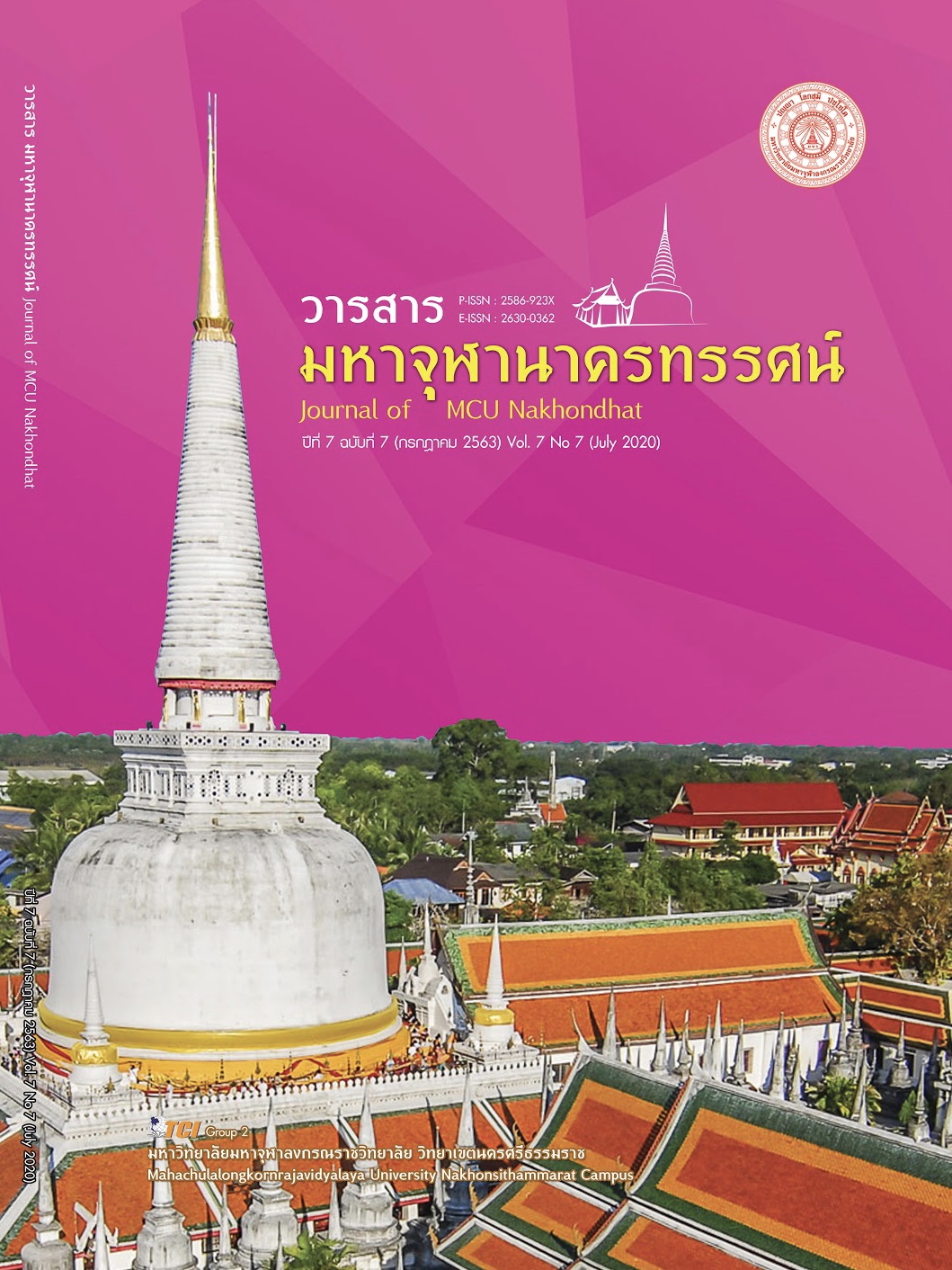THE COMMUNITY EMPOWERMENT MODEL FOR DENGUE HEMORRHAGIC FEVER PREVENTION IN SAM SUAN SUB – DISTRICT, BAN THAEN DISTRICT, CHAIYAPHUM
Main Article Content
Abstract
Dengue Hemorrhagic fever (DHF) is one of serious public health issues epidemics of dengue fever have been reported in all regions of Thailand. The purpose of this action research was to study the community empowerment model for DHF prevention and control in Sam Suan Sub – district, Ban Thaen District, Chaiyaphum Province. The sample was included as 63 people leaders. Both quantitative qualitative were collected by using the created questionnaire. Data collected were then analyzed by using computer software package, descriptive statistics including frequency, percentage, mean, standard deviation, maximum and minimum as well as inferential statistics, including paired t – test. Qualitative data were analyzed by content analysis.
The results of this research indicated that: The model development consisted of 8 phases, such: 1) studying the context of the area, 2) planning meeting, 3) trial, 4) implementing the plan, 5) supervising, monitoring, supporting, 6) organizing a learning exchange meeting, 7 ) verifying with small group meetings and in – depth interviews, and 8) post – test. Overall process – based performance could enhance the sample’s knowledge, participation and satisfaction with the DHF with a statistical significance level (p – value <0.05). In conclusion, key success factors for community empowerment were based on the Suan Model, comprising: 1) Service delivery to offensively (S), 2) Unity of team (U), 3) Acceptance all their rolls (A), and 4) Networking in the community (N ). The suggestions include that the developed model should be consistently integrated with the local context. Existing activities should be prioritized and promoted for continuous development driven by the community as the main operator and supported by local authorities.
Article Details
References
โรงพยาบาลบ้านแท่น. (2562). สถานการณ์ผู้ป่วยโรคไข้เลือดออก. เรียกใช้เมื่อ 20 กันยายน 2562 จาก http://www.banthaenhospital.org/
โรงพยาบาลส่งเสริมสุขภาพตำบลสามสวน. (2562). ข้อมูลสถานการณ์ผู้ป่วยโรคไข้เลือดออก โรงพยาบาลส่งเสริมสุขภาพตำบลสามสวน. เรียกใช้เมื่อ 20 กันยายน 2562 จาก http://www.Samsuanpppf.hjg.org
สำนักโรคติดต่อนำโดยแมลง กรมควบคุมโรค. (2554). รายงานการประเมินผล: การเฝ้าระวังป้องกันและควบคุมโรคไข้เลือดออกภาพรวมระดับประเทศ. (พิมพ์ครั้งที่ 1). กรุงเทพมหานคร: สำนักโรคติดต่อนำโดยแมลง กรมควบคุมโรค.
สำนักงานควบคุมโรคติดต่อ. (2562). ไข้เลือดออกในประเทศไทยปี 2562. เรียกใช้เมื่อ 26 สิงหาคม 2562 จาก http://www.thaivbd.org/n/histories?module
สำนักงานสาธารณสุขจังหวัดชัยภูมิ. (2562). สรุปรายงานการระบาดโรคไข้เลือดออกของจังหวัดชัยภูมิ. เรียกใช้เมื่อ 15 กันยายน 2562 จาก http://203.157.182.10/index/
สำนักระบาดวิทยา กรมควบคุมโรค. (2555). มาตรฐานและแนวทางปฏิบัติงานทีมตระหนักรู้สถานการณ์ (SAT) และทีมปฏิบัติการสอบสวนควบคุมโรค (JIT). เรียกใช้เมื่อ 1 กันยายน 2562 จาก https://ddc.moph.go.th/
Cohen, L. & Manion, L. (1989). Research Method inEducation. (3rd Ed). London: Routledge.
Holloway, I. W. (2010). Qualitative research in nursing and health care. (3rd ed). India: Laserwords Privates.


